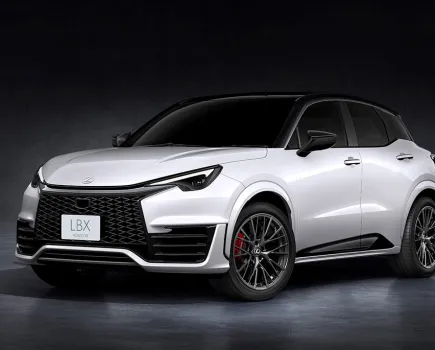The horsepower arms race is pretty mental these days, so for a breath of fresh air, here’s the Donkervoort F22 – a car with a very different approach to going fast.
What Is A Donkervoort?
If you haven’t heard of Donkervoort before, here’s what you need to know. Founded by Joop Donkervoort (hence the name), this plucky little sportscar brand originates from the Netherlands – not a country particularly known for its automotive prowess.
Nevertheless, Donkervoort has shown over the years that it certainly knows how to build limited run cars. It started off in 1978 making Caterham lookalikes, but these days, its products are far removed from those of the British marque – and downright impressive in their own right.
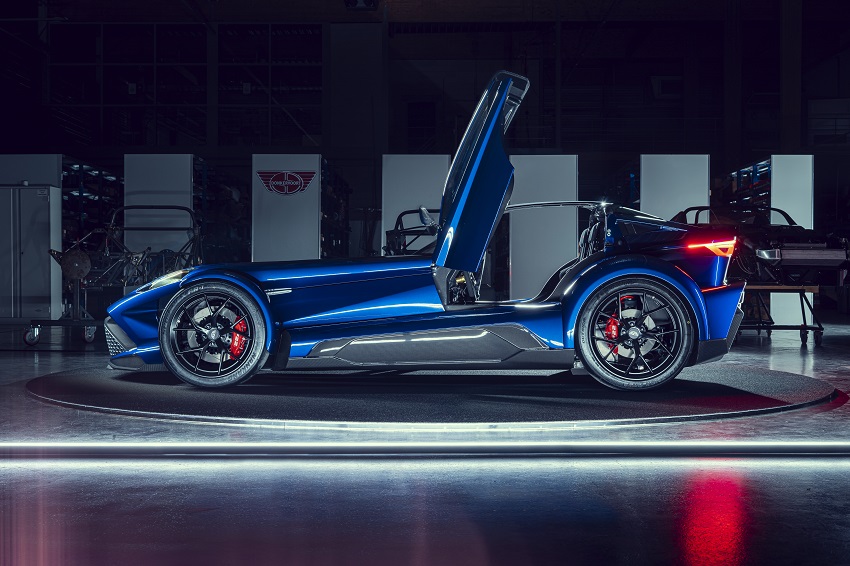
Hard To Forget
The D8 GTO is arguably the best known previous Donkervoort of them all, and as soon as you lay eyes on it, you instantly get a feel for what this company is all about. It’s the sort of brand that you’ll either love or hate, and that divisive aesthetic has been carried over to their latest creation – the Donkervoort F22.
As you can see from the pictures we’ve supplied here, it’s certainly got visual presence. Then, when you begin to read into what’s underneath that futuristic styling, you come to realise that this car has been designed to leave its mark on you after driving it, just as much as when merely looking at it.
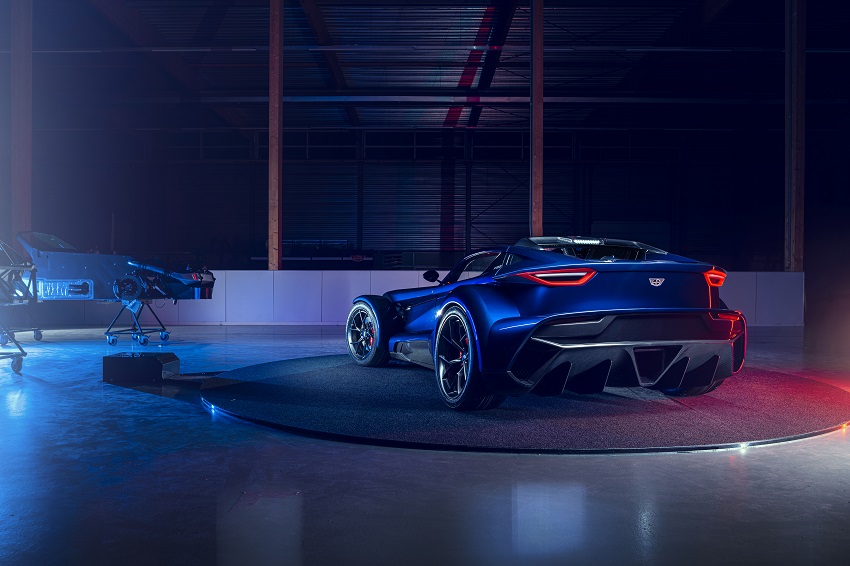
The Importance Of Kerb Weight
Weight, or a lack thereof, is integral to the Donkervoort F22’s identity. In a world where the performance car market is clogged up with near-two-tonne hybrids, the F22 tips the scales at a refreshingly light 750kg. The advantages of building a car as featherweight as that are simple: it’s much easier to dial in enthusiastic handling traits, and it takes much less power to thrust the car forwards.
Now, let’s not get too ahead of ourselves here. When I say this car has less power than many other modern sports cars, that’s a very relative thing. It’s not chasing the new 1000hp standard of EV hypercars, but last time we checked, 500PS was still a sizeable chunk of power to play with.
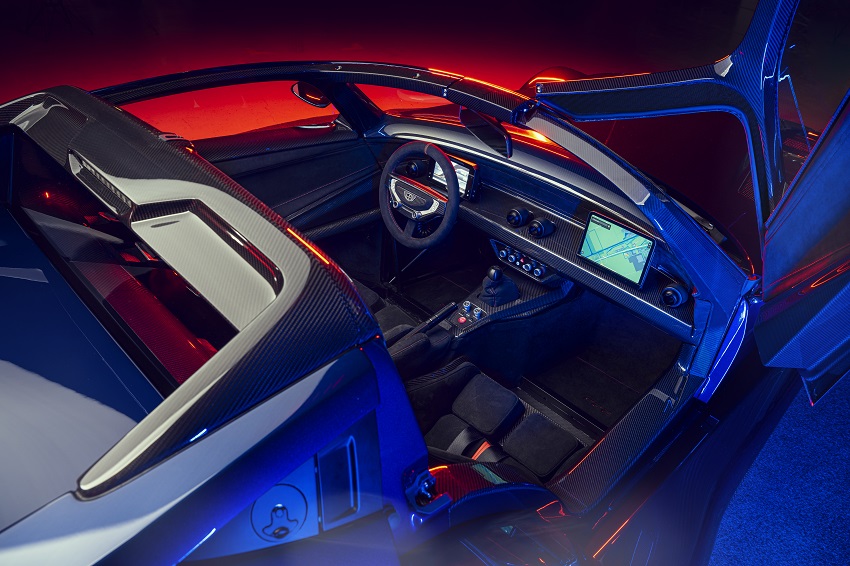
Power & Drivetrain
That figure is churned out by an Audi-sourced 2.5-litre five-cylinder turbo engine; the same one found in the likes of the TT RS or RS3, albeit having been tuned way beyond the limits found in those cars. Much of that enhancement stems from a reworking of the ECU, as well as the installation of bigger, better turbo.
As for the drivetrain, you’re looking at a five-speed manual gearbox and Torsen limited slip differential, sending power to the rear wheels only. Those wheels are connected to independent double-wishbone suspension, as are the ones at the front, though the rear suspension does get an extra set of trailing arms. What’s more, you can adjust the car’s ride height by up to 35mm, thanks to adaptive dampers controlled from inside the cabin.
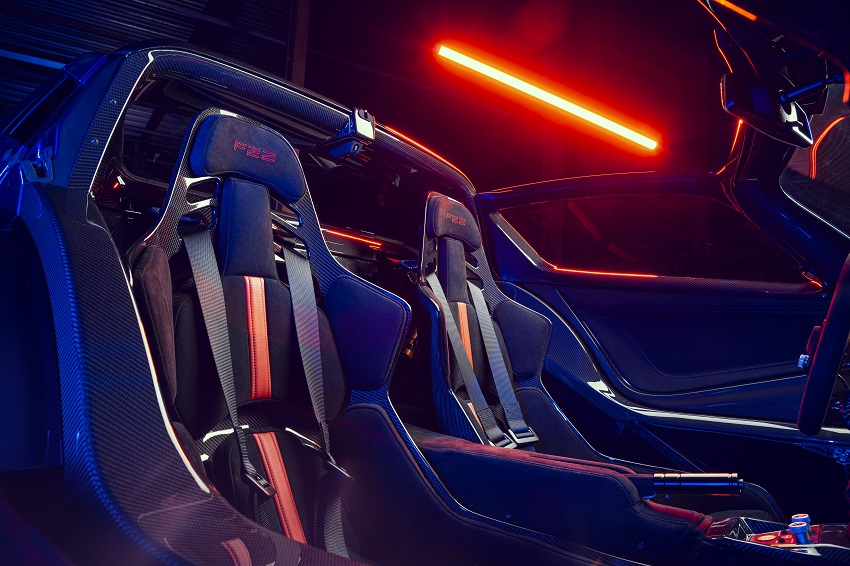
Wheels, Brakes & Tyres
The Donkervoort F22 comes equipped with 18-inch rims wrapped in Nankang AR1 tyres (sized 235/40 at the front and 275/35 at the rear), meanwhile the task of stopping it is handed to a set of 330mm/279mm discs. Both ends of the car feature four-piston calipers.
So, what does all this impressive engineering translate to in practice? Well, 62mph arrives in just 2.5 seconds, which is plenty fast enough for us!
Donkervoort are going to build 75 examples in total, with at least 50 having already been spoken for. The cost apiece? A cool $245,000. And that’s before tax…







